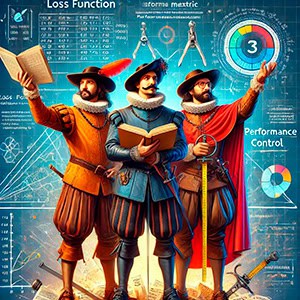
The sympathy of pendulums
The rationale for minimizing the sum of squared errors in linear regression, which is often presented as a simple choice of convenience, is discussed. A probabilistic perspective suggests that the least squares equation arises naturally from assuming that the model's residuals follow a normal distribution.




